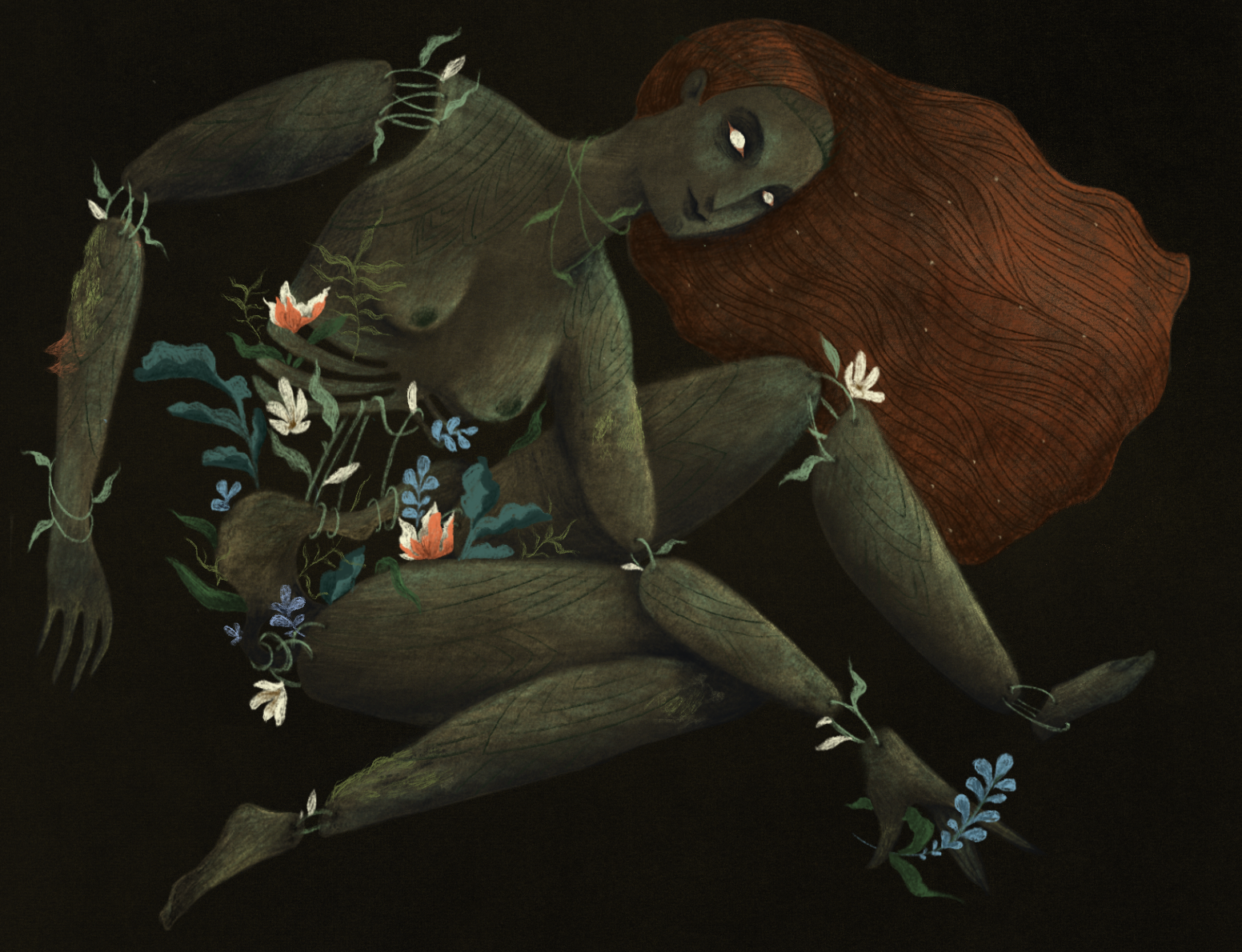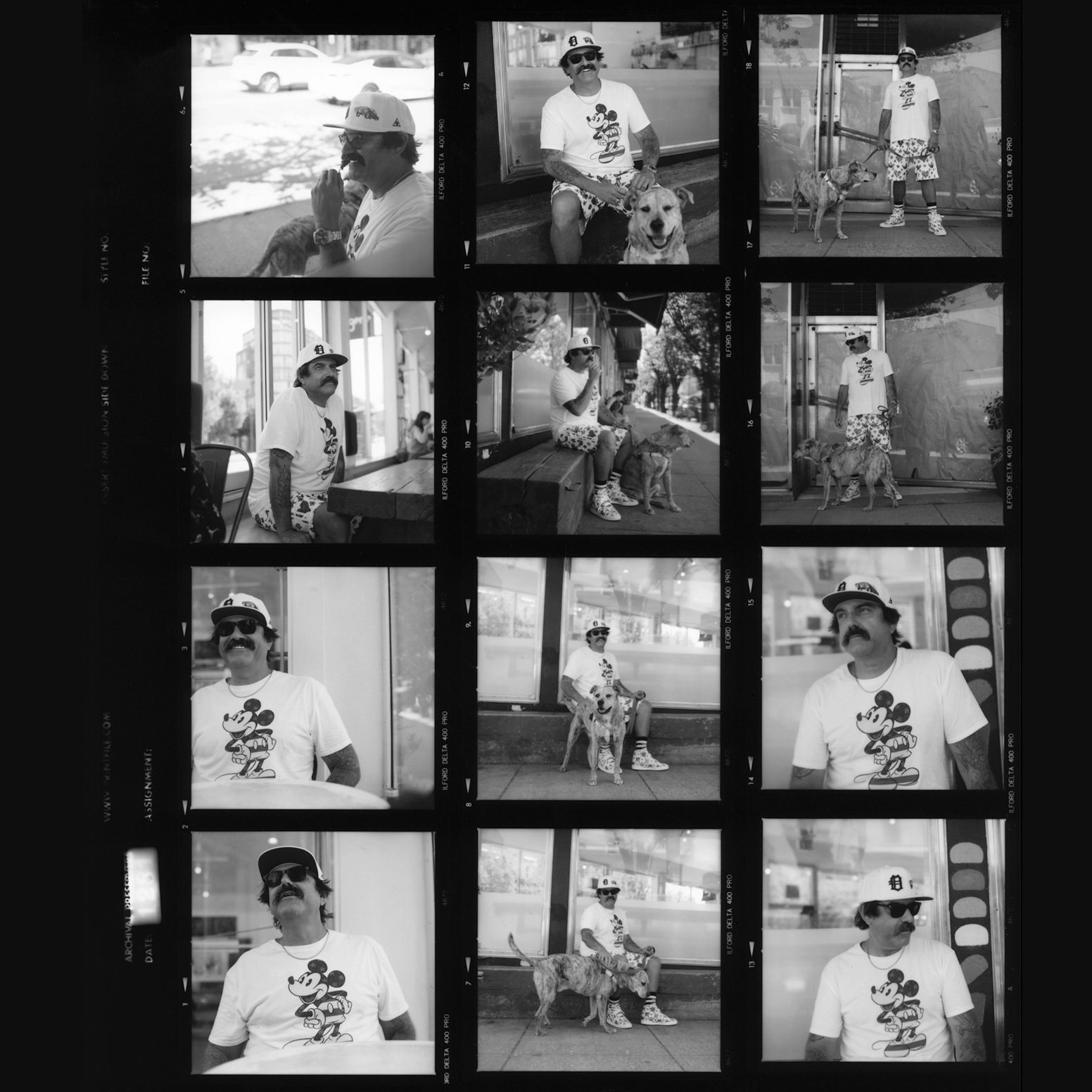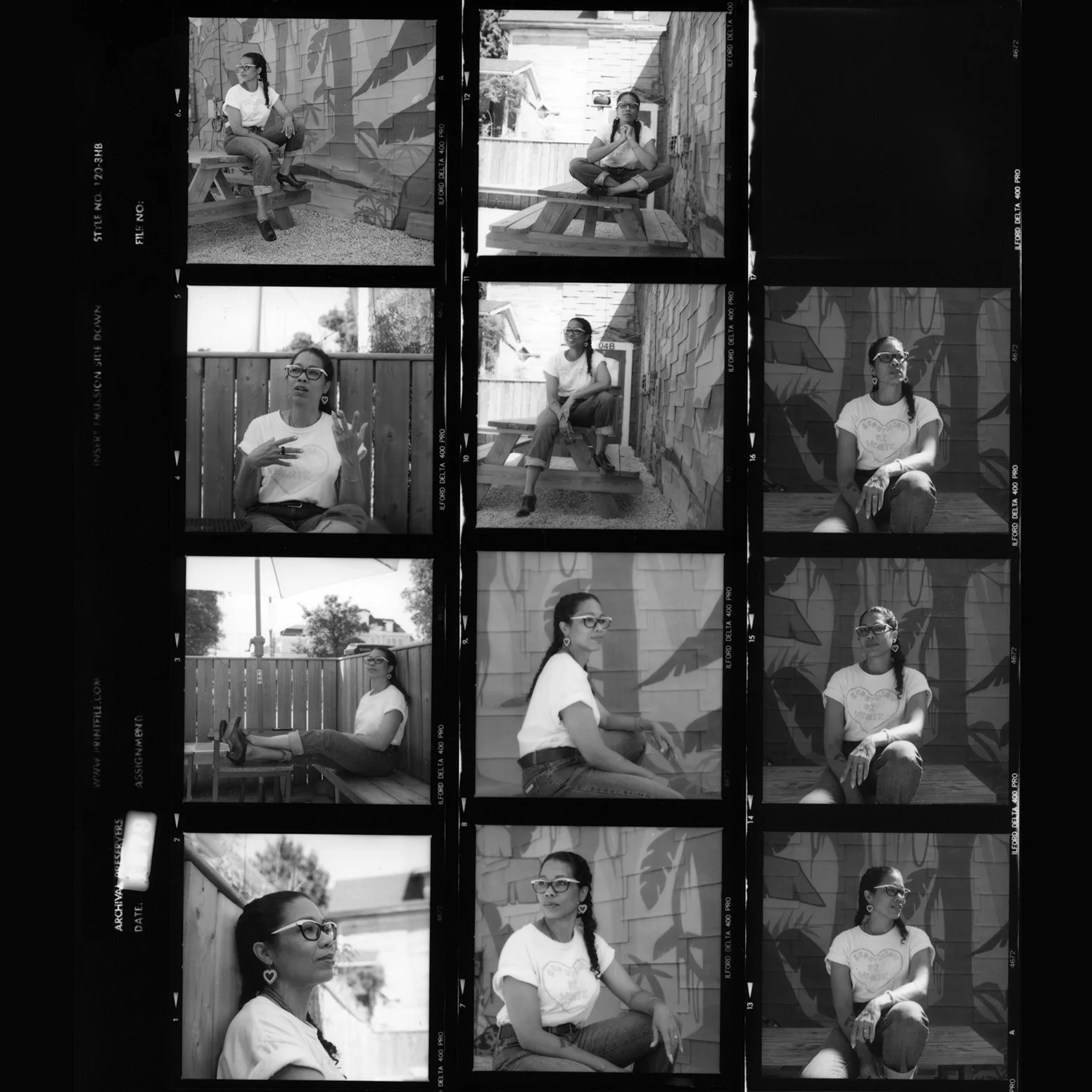Review: MashUp at the Vancouver Art Gallery
/The Vancouver Art Gallery’s most ambitious exhibition, MashUp: The Birth of Modern Culture, hosts 371 works, by 156 artists, from 75 public and private collections, spanning 8 countries. A collaborative effort with 30 curators, the exhibition opened on February 20th to excited and impressed reviews. I got to preview the exhibition with Chief Curator/Associate Director Daina Augaitis, Senior Curator Bruce Grenville, and Assistant Curator Stephanie Rebick - the lead team behind the exhibition. MashUp explores the history and culture of the collage or remix in the history of art. It tracks how artists beginning with Picasso and Duchamp in the 20th century used found materials to mix, blend, or reconfigure music, art, and video into new creations. In a sense, MashUp examines how popular culture has formed and changed over time. When asked about how the exhibition came into formation, Grenville stated that it came from their everyday curatorial work: “It is a [curator’s] job to represent how art is being made and to track these shifts in cultural production”.
UNIJO at MashUp, photo by Helen Wong
And impressively, that’s precisely what they did... On all four floors. They weren’t kidding around when they said it was the most extensive, groundbreaking exhibition to date. Each floor is organized chronologically into sub-sections to represent a key period in the history of mashup culture - the digital age, the late twentieth-century, the post war period, and the early twentieth- century. What stood out to me was that they reversed the chronological order by placing the digital age on the first floor. Thus, the viewer is going back in time when they progress through the exhibition. To me, it was a strange experience starting with the digital age because it is a medium that is so intrinsic to our culture today. Working backwards to more simplified practices of construction highlighted the stark differences in culture especially in the social and political spheres. Each floor focuses on innovative new methods of production around mass media and the proliferation of images serving as ways in which these artists were able to critique the society and period they were a part of. It was interesting to note the similarities and differences that arose during culture formation.
The digital age of the first floor focused on the rise of technology where an exponential amount of images, sounds, and objects are produced and shared. This led to immersive site specific installations as artists sought to cover every inch of the room in various materials. For instance, UNIJO created a wooden structure that created music using found objects, challenging normative modes of production. Similar to our modern age, social media and the virtual landscape completely engulfs the viewer and it is these modes of perception that are translated onto the first floor. I found these installations to be the most exciting, which I guess speaks to the social culture I am directly a part of.
Andy Warhol at MashUp, photo by Helen Wong
The second floor focused on the emergence of a global circulation of images and objects shifting mashup methodology toward appropriation, detournement, and inhabitation. On the way up to the second floor, we are confronted with Barbara Kruger’s Untitled (SmashUp) 2016. Kruger covered every inch of the room with black and white vinyl appropriating the tools and language of popular culture. The third floor celebrated the work of pop artist Andy Warhol and Robert Rauschenberg among others. Industry and new modes of production allowed artists of the post war period to comment on mass media and mass production. Lastly, the fourth floor highlighted the work of Pablo Picasso, Georges Braque and Marcel Duchamp. Back to the roots of mashup, these artists involved themselves with collage, photomontage and the tactile construction of images. In this vein, the hand is evident in the construction of the images. Contrasting directly with the digital age, the labour of the artist is visible through the physical action of cutting and splicing popular images, whereas the media of the first floor erases the presence of the artist completely immersing the viewer.
In the exhibition preview Grenville stated their goal was to ensure their visitors would return again and again. By creating such a massive and comprehensive show, there is no choice but to return. Frankly, going and seeing the exhibition in one go is overwhelming and exhausting. There is so much work to see that by the time you finish, your thoughts resemble the mashup of the exhibition. In a way, the design of the exhibition presents a mashup in itself where hundreds of works are presented to the viewer, giving you the responsibility of picking out what’s important. I found that this also mirrors modern day society as information and images are given to us at a speed quicker than ever. We are prone to distraction as our attention spans decline.
Frank Gehry at MashUp, photo by Helen Wong
My advice? Give yourself a few hours to mentally digest everything going on at the Vancouver Art Gallery, and then visit again anyways. I can’t remember a time where I had the privilege of being in the presence of so many great artists. The collaborative nature of MashUp was emulated in all aspects of the production ranging from the people involved, the types of work presented, and the nature of the work themselves. I suggest getting a membership to the gallery because you’re going to want to return to see the exhibition at least a couple more times.
MashUp: The Birth of Modern Culture runs from February 20 to June 12, 2016. For tickets and information, visit vanartgallery.bc.ca.




















